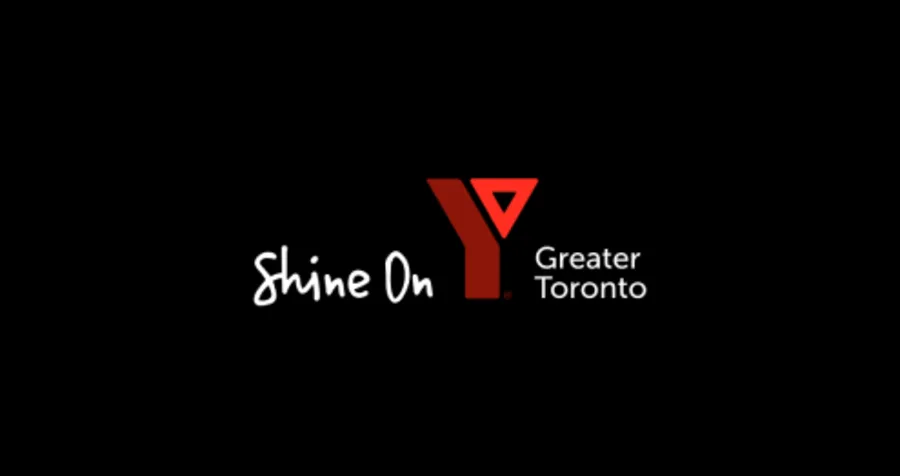Ask a personal trainer: Will squats wreck my knees?

When I was very young and first started squatting, I was told that “half” squats would be better for my knees than deep ones (where your thighs end up parallel to the floor or lower). So I stuck with my half squat routine, and I felt my legs getting stronger — but not enough to protect me from tearing my ACL while playing football. After a successful reconstructive surgery, I was able to get back in the game, but I knew I’d been lucky. Just how well had those half squats been strengthening my legs and protecting my knees? What would I need to do to never go through that kind of pain again?
I started by taking a look around the gym and saw, to my surprise, tons of super deep squats. Wait a minute, I thought: isn’t that way bad for the knees? But these were competitive athletes: it was their job to run fast, jump high, change direction in milliseconds, and strain their knees in countless other ways. They must be doing something right!
They were indeed, as I later confirmed by reading a huge body of research demonstrating that deep squats carry more benefits than partial ones.
When you do a shallow or half squat, you’re mostly activating your quads: the muscles along the front of your upper leg. But when you squat down deep — letting your hips sink lower than your knees — you still activate your quads, and you also target your glutes and hamstrings. In other words, half squats only give your legs half a workout, while deep squats efficiently work your entire thigh.
By making you stronger all over, instead of just in the quad, deep squats are less likely to leave you muscularly imbalanced. That means they actually make you less prone to injury, rather than more so, as some deep squat detractors have argued.
Think about it: so many things in your everyday life outside of the gym demand a deep, squat-like motion. Bending over to tie your shoes, crouching down to plug something into the wall, getting up after sitting on the floor — all of these day-to-day movements require us to bend our knees more than 90 degrees. I challenge you to pick something up off the floor while only bending your knees 60 degrees. Hope you’ve got long arms!
While deep squats aren’t bad for your knees, squats done wrong definitely are. Nine times out of ten, my clients who say squats make their knees hurt aren’t doing them right. No matter what kind of squat you’re doing, maintaining your posture is key: keep your spine neutral, your feet flat, and your knees aligned with your toes as they bend and straighten. You should also do a variation of the squat that works best for you. Start slow, with little or no weight, and only go as deep as you feel comfortable. As you get stronger over time, you can progress to deeper squats with more weight.
Mastering the squat will help you take your gym routine to the next level. This kind of compound movement that strengthens multiple muscle groups at once, while simultaneously getting your heart rate up, should be a staple in any exercise arsenal. If you’re worried about your knees, or want to learn the variation that’s best for you, meet with a personal trainer for some individualized tips!
 Paul has a degree in Human Kinetics and Education, with a specialty in Phys. Ed, and is a YMCA Canada-certified Fitness and Personal Trainer. For over six years, he's been working as a personal and small group trainer at the Oshawa Mary Street YMCA, where he also teaches Bootcamp, MuscleFit, CycleFit, and Kettlebell classes. Paul runs a variety of fitness workshops and conferences, including the YMCA Personal Training Certification course.
Paul has a degree in Human Kinetics and Education, with a specialty in Phys. Ed, and is a YMCA Canada-certified Fitness and Personal Trainer. For over six years, he's been working as a personal and small group trainer at the Oshawa Mary Street YMCA, where he also teaches Bootcamp, MuscleFit, CycleFit, and Kettlebell classes. Paul runs a variety of fitness workshops and conferences, including the YMCA Personal Training Certification course.









